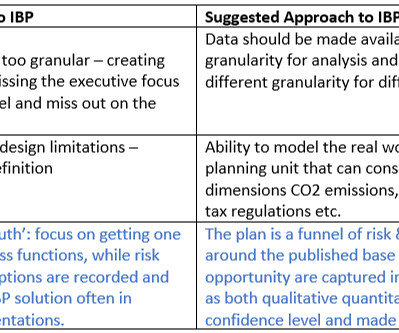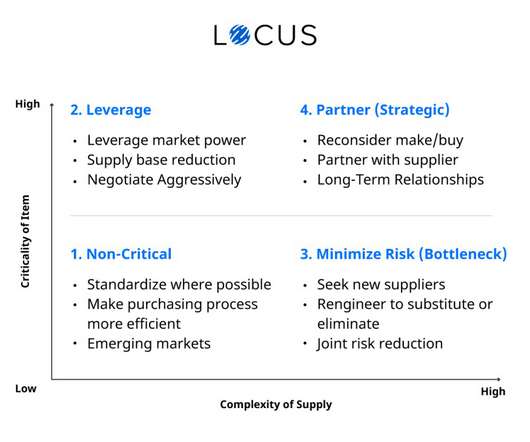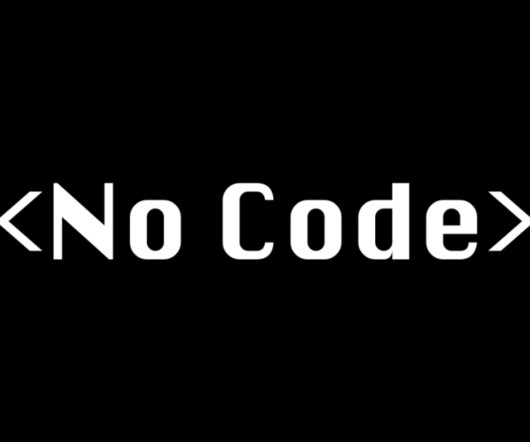Is It Time to Move Beyond the Traditional Approach to IBP?
Logistics Viewpoints
APRIL 11, 2023
Limitations in modeling the real world Over the years products, consumers and markets have grown complex and this trend was accelerated by COVID-19 in terms how and where customers want to interact with brands and products.

















Let's personalize your content